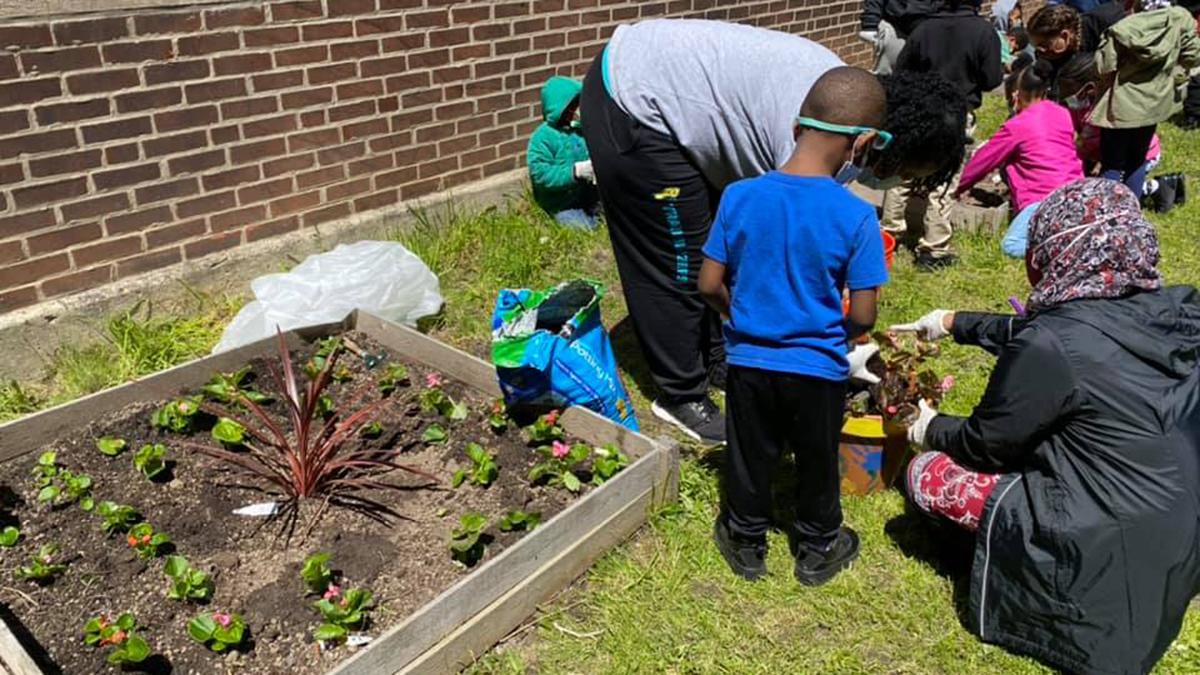science 101
Q: How Can My Students Demonstrate Information Transfer Using Waves?
teaching teachers
Making Stone Soup
A collaborative approach to integrated STEM
Science and Children—March/April 2023 (Volume 60, Issue 4)
By Laura Robertson, Alissa Lange, Jamie Price, Andrea Lowery, Holly McAvoy Scott, Qiuju Tian, and Ryan Nivens
Leadership Matters
What Science Should Look and Sound Like
Science and Children—March/April 2023 (Volume 60, Issue 4)
By Kathy Renfrew
engineering encounters
Farmers vs. Rabbits
Fifth graders explore how to maintain balance with environmentally sustainable solutions
Science and Children—March/April 2023 (Volume 60, Issue 4)
By Heidi Masters, Jacob Brehmer, Doug Feyen, and David McKittrick
Medication Safety Management
When an Ounce of Prevention is Worth More Than a Pound of Cure
By Hilary Anderson, Shannon Mommsen, Sara Khan, Abir O. Kanaan, Karyn Sullivan, Paul Belliveau

feature
Garden Variety
Flexible lessons for exploring ideas about biological variation using indoor and outdoor gardens
Science and Children—March/April 2023 (Volume 60, Issue 4)
By Sky Feller, Stacey Halpern, and Nora Underwood

feature
Rightfully Present
Using trade books and 3D learning to encourage students’ sense of belonging
feature
Promoting Sensemaking
An impactful instructional sequence for teaching elementary students about whether objects are heavy or light for their size
feature
Toward Equity for Multilingual Learners
The Standards offer a new opportunity to engage multilingual learners (MLLs) in science
Science and Children—March/April 2023 (Volume 60, Issue 4)
By Emily Reigh, Emily Adah Miller, Maria Chiara Simani, and Alice Severson

feature
Integrating Critical Pedagogy of Place
How kindergarten students explored the needs of living things in their school's urban environment
Science and Children—March/April 2023 (Volume 60, Issue 4)
By Alayla Ende, Alexandra Schindel, Jennifer Tripp, Christine Wang, and Tanya Christ






